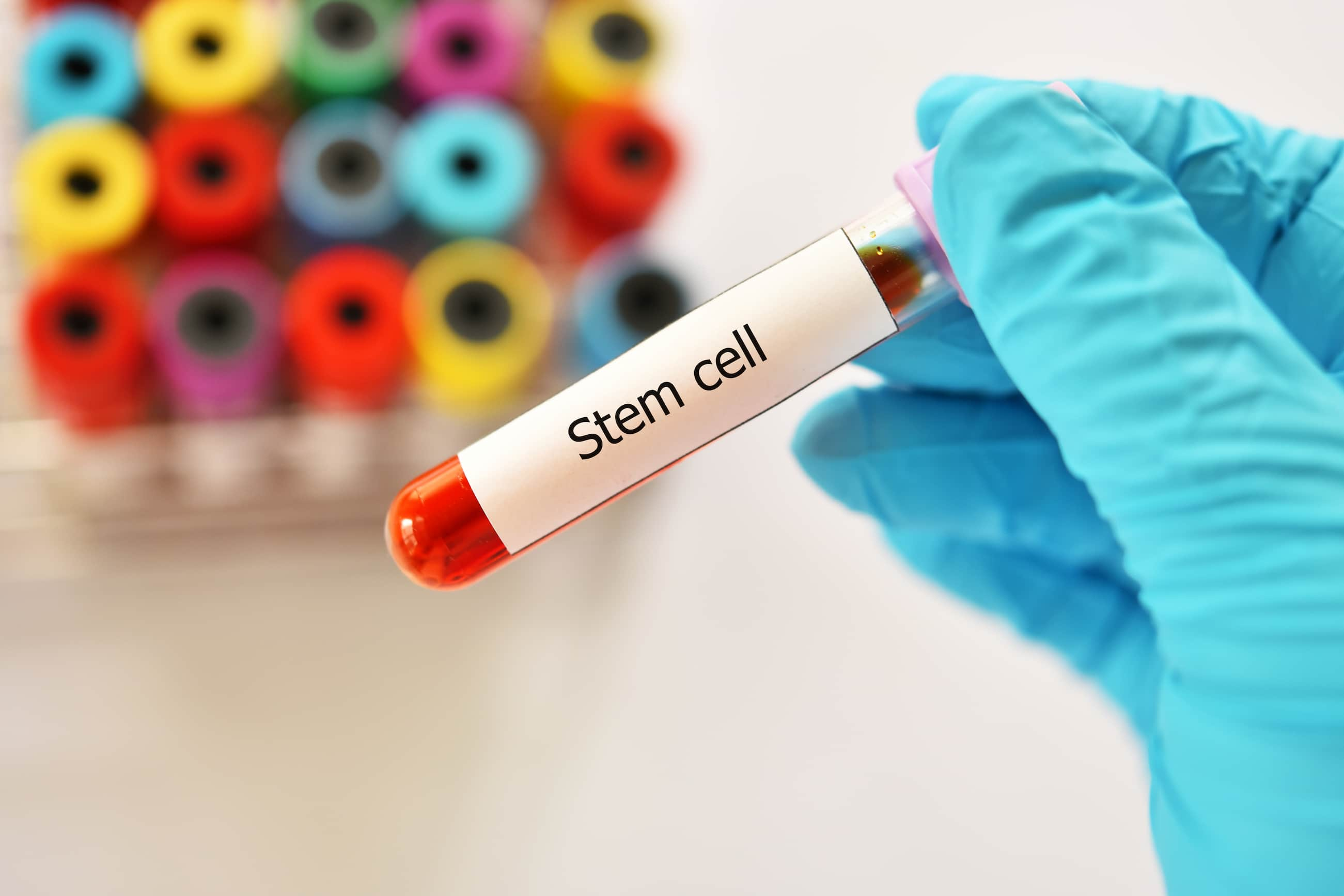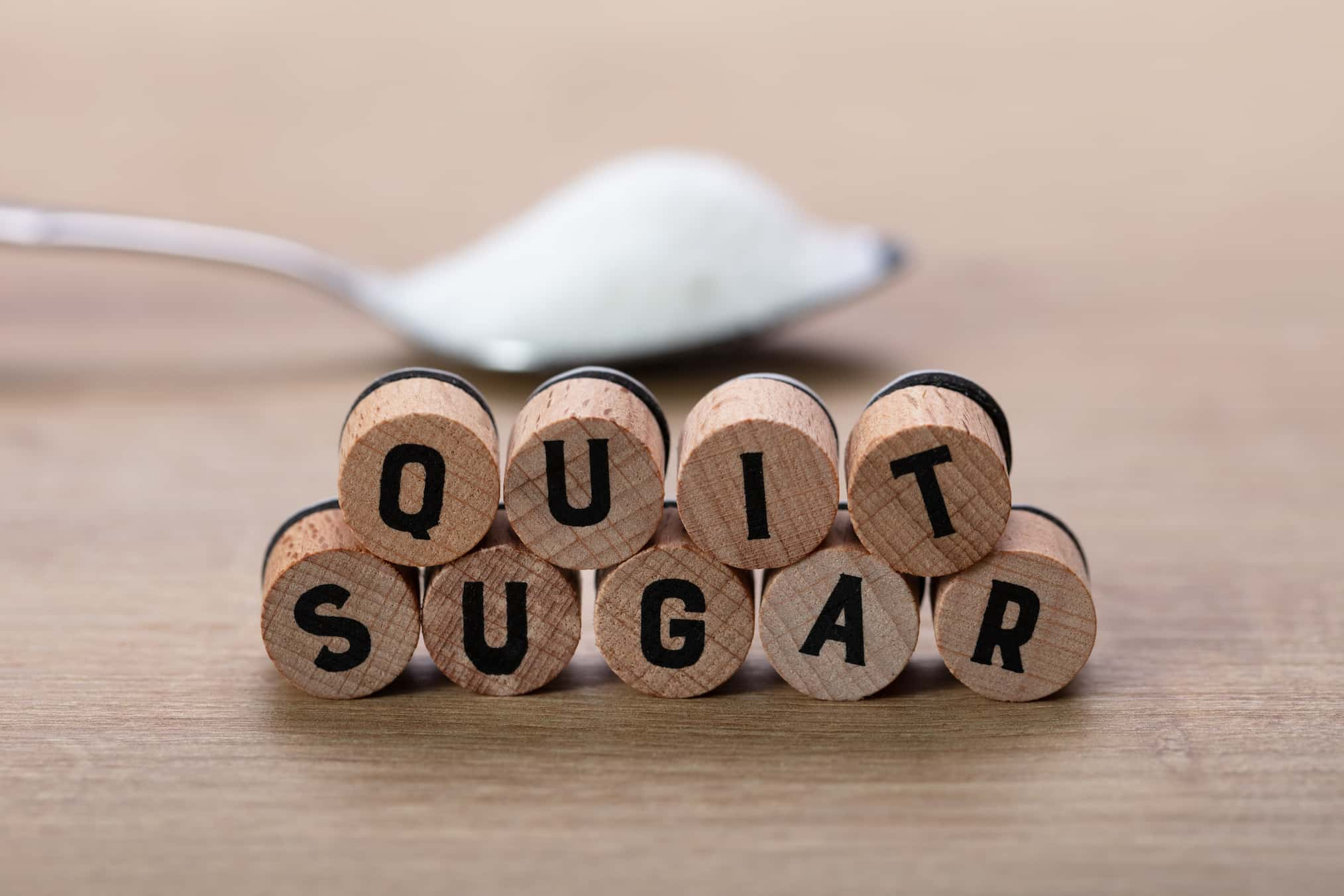
Stem Cell Transplants for Leukemia
A form of cancer known as leukemia attacks both the blood and the bone marrow. Although it is a potentially fatal condition, there are several therapeutic options, including stem cell transplants, that are currently accessible. We will provide information for patients as well as those who care for them, as well as investigate how stem cell transplants can assist in the fight against leukemia.
A stem cell transplant is a medical treatment in which healthy stem cells are transplanted into the body of a patient to replace cells within the patient’s body that have been damaged or sick. Stem cells can differentiate into a wide variety of specialized cell types and serve as the body’s fundamental structural units. These can be found in the peripheral blood, the bone marrow, and the blood from the umbilical cord.
In the treatment of leukemia, healthy stem cells are transplanted into the patient’s body to replace the damaged bone marrow that is caused by the condition. This may aid in the patient’s recovery by restoring their immune system and encouraging the production of healthy blood cells.
Types of Stem Cell Transplants for Leukemia
Both autologous and allogeneic transplants are types of stem cell procedures that can be performed. While performing an autologous stem cell transplant, the patient’s stem cells are used in place of donor cells. When the patient has been treated with high-dose chemotherapy or radiation therapy, these stem cells are extracted, frozen, and then eventually given back to the patient.
With allogeneic stem cell transplants for leukemia, the patient receives stem cells from a donor rather than their own body. The donor may be a member of the patient’s own family or an unrelated person who shares the patient’s tissue type. Bone marrow, peripheral blood, or blood from the umbilical cord are the three sources from which the donor stem cells are extracted.
How Stem Cell Transplants Can Help Fight Leukemia
Stem cell transplants can help fight leukemia in several ways. First, they can help to replace the patient’s diseased bone marrow with healthy stem cells, which can produce healthy blood cells. This can help to restore the patient’s immune system and increase their ability to fight off infections.
Second, stem cell transplants can help to destroy any remaining cancer cells in the patient’s body. Before the transplant, the patient undergoes high-dose chemotherapy or radiation therapy to kill any remaining cancer cells. The transplant then replaces the destroyed cells with healthy stem cells, which can help to prevent the cancer from returning.
Finally, stem cell transplants can help to prolong the patient’s life. Research has shown that patients who undergo stem cell transplants have a higher chance of survival than those who do not. Like any medical procedure, stem cell transplants do come with risks and side effects. Some of the common side effects include nausea, vomiting, diarrhea, and fatigue. Patients may also experience mouth sores, hair loss, and skin changes.

How To Prepare for a Stem Cell Transplant for Leukemia Treatment in Turkey?
A stem cell transplant is a complex medical procedure that involves replacing the unhealthy or damaged cells of a patient with the healthy stem cells of another person. These healthy stem cells come from a different donor. While the process could be drawn out and challenging, it is absolutely necessary to get ready for it in the most effective way possible. The instruction manual for getting ready for a stem cell transplant will be presented in the following paragraphs in a step-by-step format for your convenience.
Tests and Examinations
Before a stem cell transplant, the patient will undergo a series of tests and examinations to evaluate their overall health and determine if they are a suitable candidate for the procedure. These tests may include blood tests, imaging tests, and a physical examination.
The healthcare provider will also assess the patient’s medical history and ask about any medications or supplements they are taking. It’s important to be honest and open with your healthcare provider about your medical history and current medications to avoid any complications during the transplant process.
Harvesting
The next step in preparing for a stem cell transplant is the harvesting of the stem cells. This can be done using a bone marrow harvest, peripheral blood stem cell collection, or cord blood collection. The healthcare provider will determine the best method based on the patient’s individual needs.
Conditioning
Conditioning is the process of preparing the patient’s body for the transplant by destroying any remaining cancer cells and suppressing the immune system. This is typically done using high-dose chemotherapy or radiation therapy. The patient may experience side effects such as nausea, vomiting, and fatigue during this process.
Transplanting the Stem Cells
The actual transplant of the stem cells is a critical step in the process. The healthcare provider will carefully monitor the patient’s progress during this time to ensure that the transplant is successful. The patient may experience side effects such as fever, chills, and a sore throat after the transplant.
Recovery
After the stem cell transplant, the patient will need to stay in the hospital for some time to monitor their progress and manage any complications that may arise. Recovery can be a slow process, and the patient may experience fatigue, nausea, and other side effects.
It’s important to follow the healthcare provider’s instructions carefully during the recovery process. This may include taking medications, monitoring for signs of infection, and avoiding certain activities.
Preparing for a stem cell transplant involves a series of steps that require careful planning and coordination with healthcare providers. It’s important to be informed about the process, ask questions, and follow instructions carefully to ensure the best possible outcome. By working closely with your healthcare provider, you can prepare for a stem cell transplant and increase your chances of a successful recovery.
The Study of Stem Cell Transplants for Leukemia
Several clinical studies, including a recent one published in the ‘Journal of Clinical Oncology,’ have consistently demonstrated the efficacy of stem cell transplants in treating leukemia. The study followed a cohort of leukemia patients who underwent stem cell transplants and reported a significant increase in their long-term survival rates compared to those who pursued alternative treatments. This robust body of evidence underscores the role of stem cell transplants in the fight against leukemia, providing patients and their families with valuable insights into the treatment’s effectiveness.
Healthy Türkiye Notes
Stem cell transplants for leukemia can be the right effective treatment option for patients. They can help to replace the patient’s diseased bone marrow with healthy stem cells, destroy any remaining cancer cells, and prolong the patient’s life. However, it’s important to weigh the risks and benefits with your healthcare provider and discuss whether a stem cell transplant is the right option for you.



